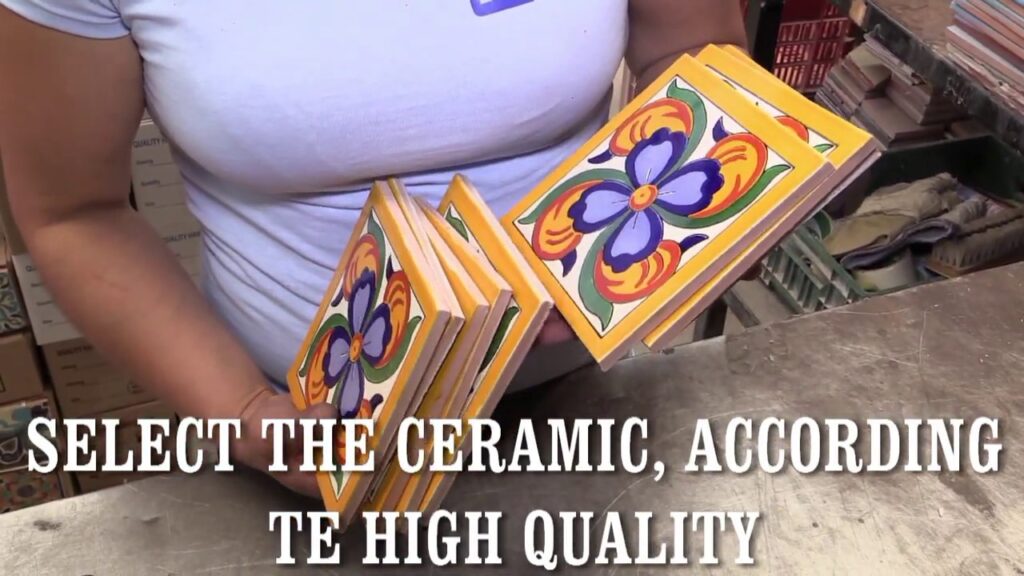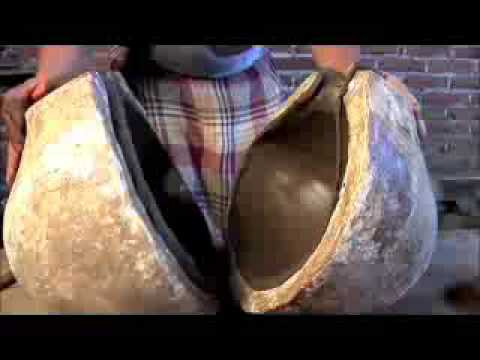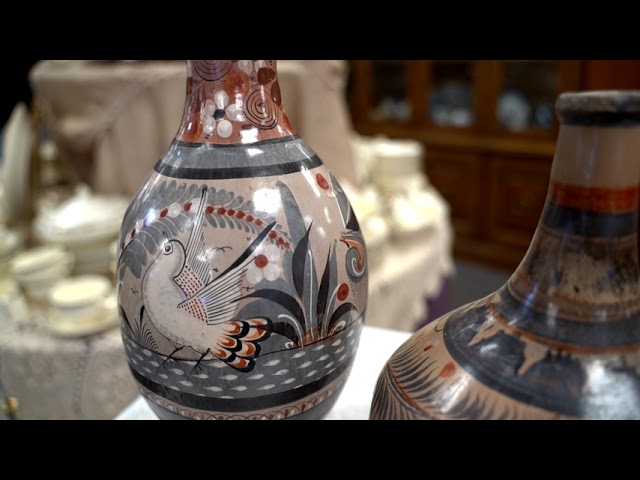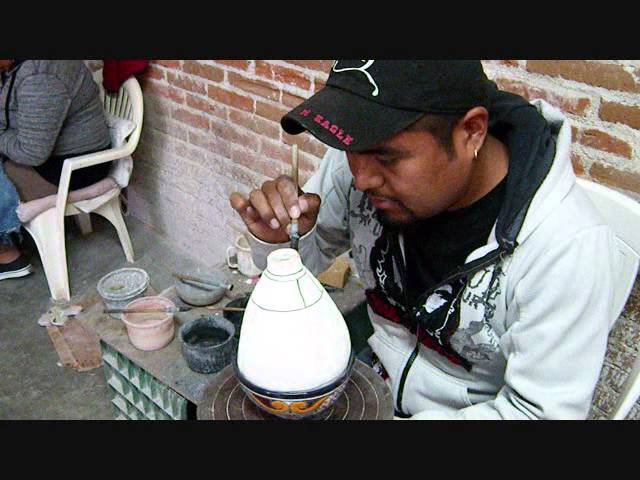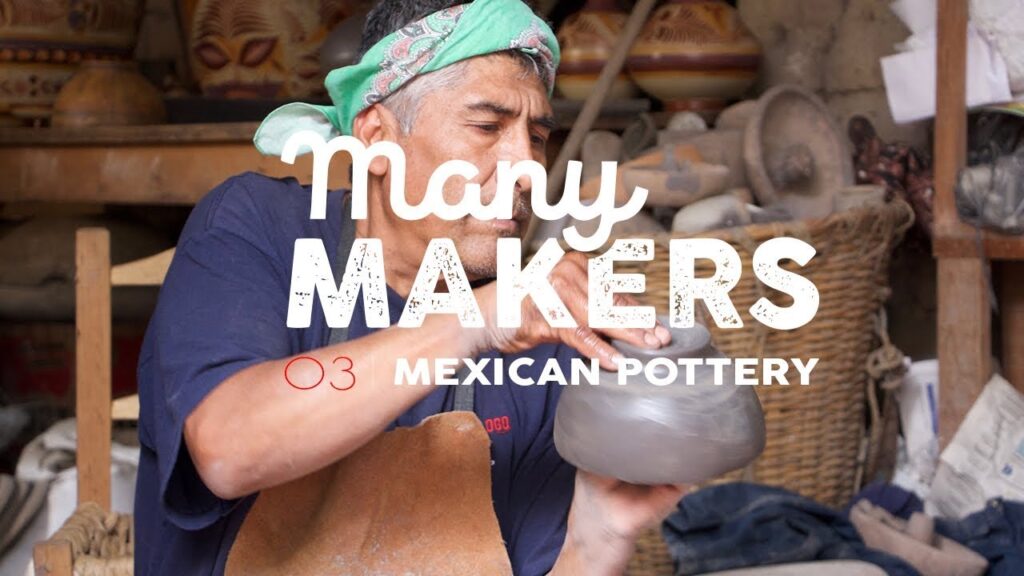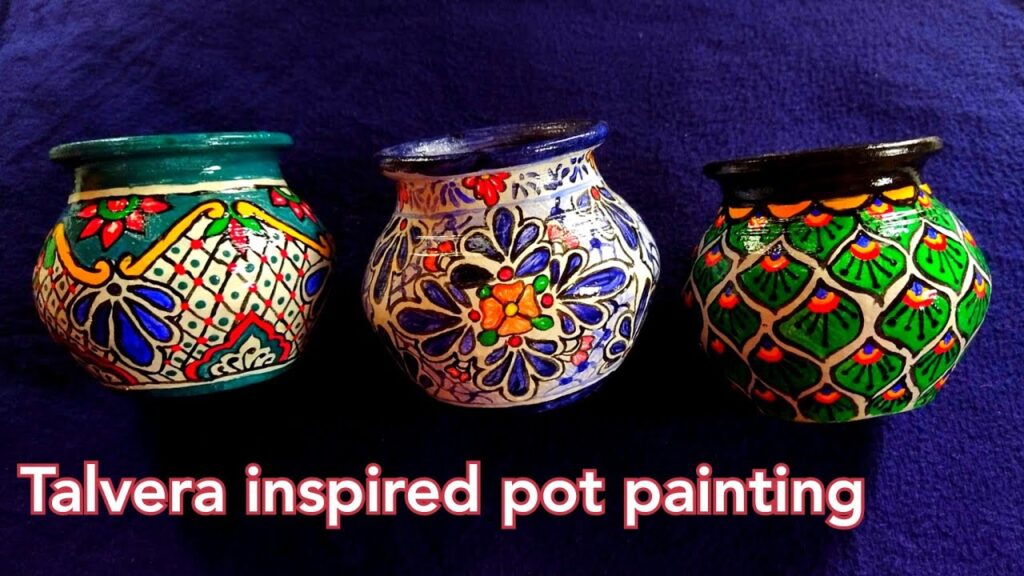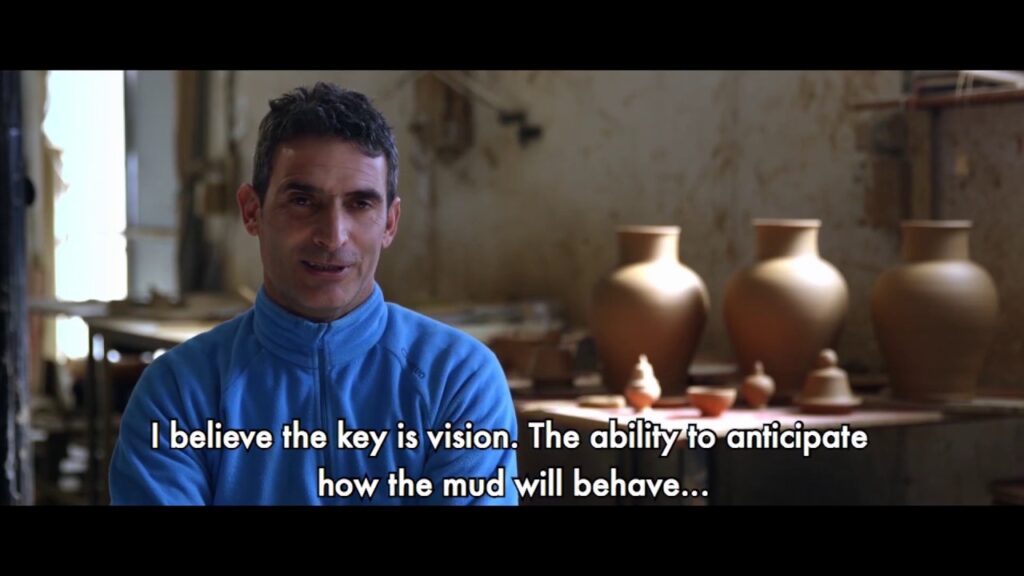My Quest for Mexico’s Best Talavera Pottery: Part I | Fresh P
A small bowl in a gift shop in Sayulita, Mexico lead me across country in search for Mexico's best Talavera artist.
About Juan Carlos Castillo Reye’s and his company Alfareria Contemporanea
A medium sized platter takes the artist 4 hours to paint. There are ten artists working in the only factory of it’s kind in Mexico. Juan Carlos has traveled to Spain in search of inspiration for his pottery; his primary influences are from the regions of Los Moros and Talavera. His tiles are sold in Phoenix and San Diego, but his pieces are ordered and shipped individually from his WhatsApp account using his phone number. Photos are on his WhatsApp page. He does not speak English, so you’ll have to order in Spanish. The pottery is fired at 950c/1742f for 5 hours.
Alfareria Contemporanea
Owner: Juan Carlos Castillo Reyes
Our new addres is Chiapas # 56 center zone Dolores Hidalgo Guanajuato, we are located near the artisanal corridor "Jose Alfredo Jiménez".
Alfacontempomx@gmail.com
Telephone (+52) 418 105 5273
Factory
Constitución #28
Col. Padre Hildago
Tel (+52) 418 100 2801
HELPFUL LINKS
My Quest for Mexico's Best Talavera Potter: Part I:
My Quest for Mexico's Best Talavera Potter: Part II:
For more Fresh P:
To Subscribe to Fresh Princess:
Follow me on Facebook:
Follow me on Pinterest:
Follow me on Instagram:
MUSIC
Water Lily by The 126ers


